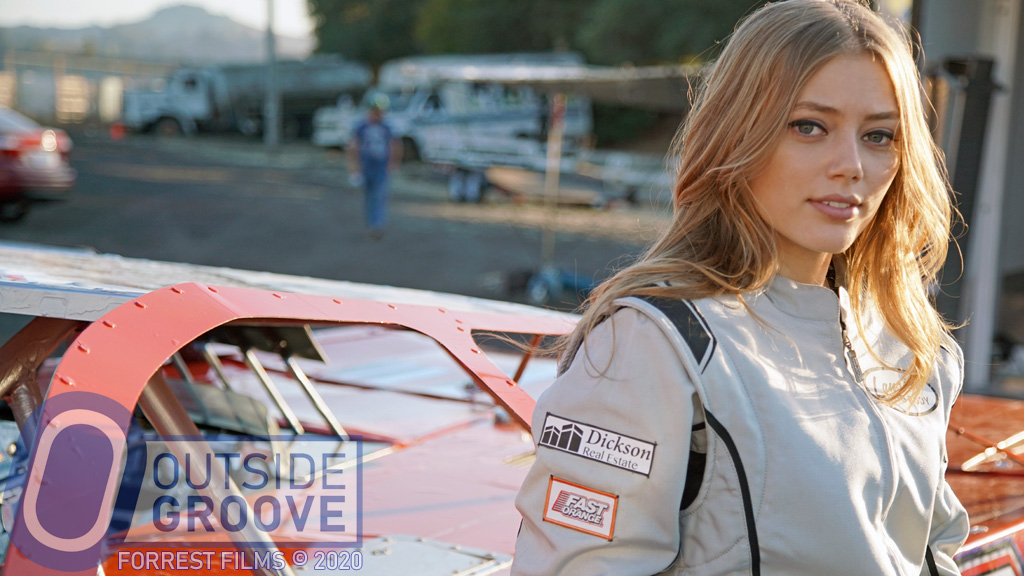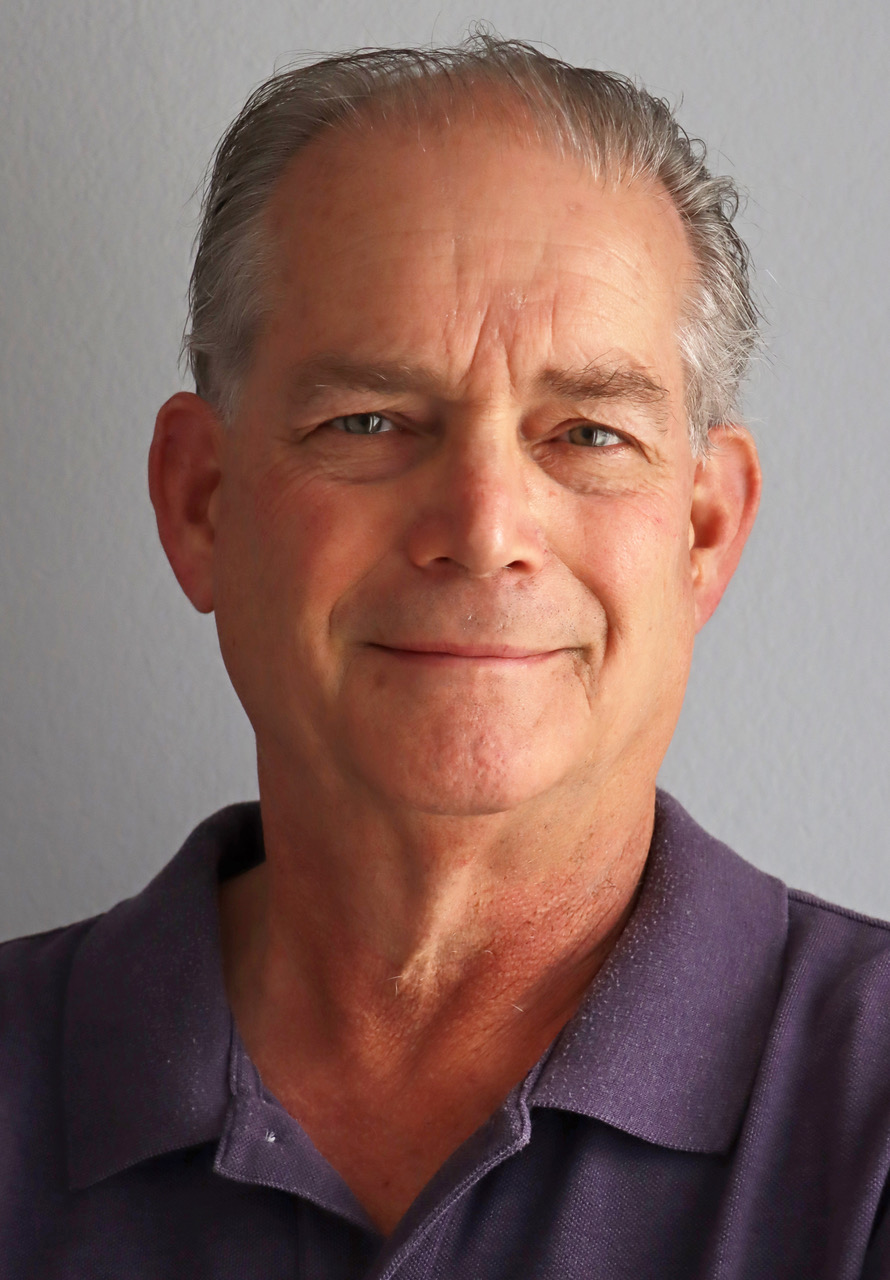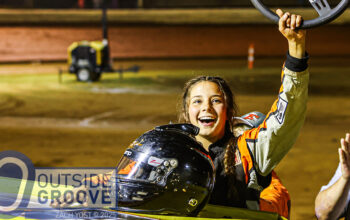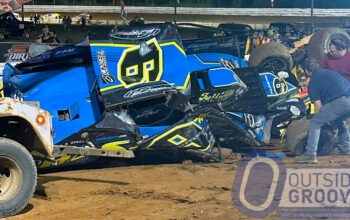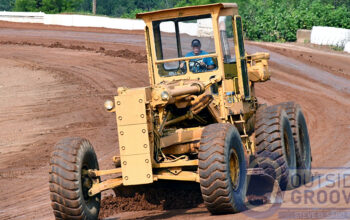“Lady Driver,” a movie on Netflix about a teenager who discovers her dirt racing roots, has oval-track racers talking about the latest movie to bring their favorite pastime to the mainstream.
Up-and-coming actress Grace Van Dien portrays the movie’s protagonist, Ellie Lansing. She shares the screen with Sean Patrick Flannery (of “Young Indiana Jones” fame), who plays her uncle, Tim, and Christina Moore (with roles in over 70 television shows, including on “MADtv” and “That ’70s Show”), who plays Ellie’s mother, Jessie Lansing Dickson.
Die-hard race fans may notice cameos from familiar dirt-track personalities. Rick Faeth, promoter of Petaluma Speedway in California, plays a security guard. Dirt late model stars Bobby Pierce and Earl Pearson Jr. also appear.
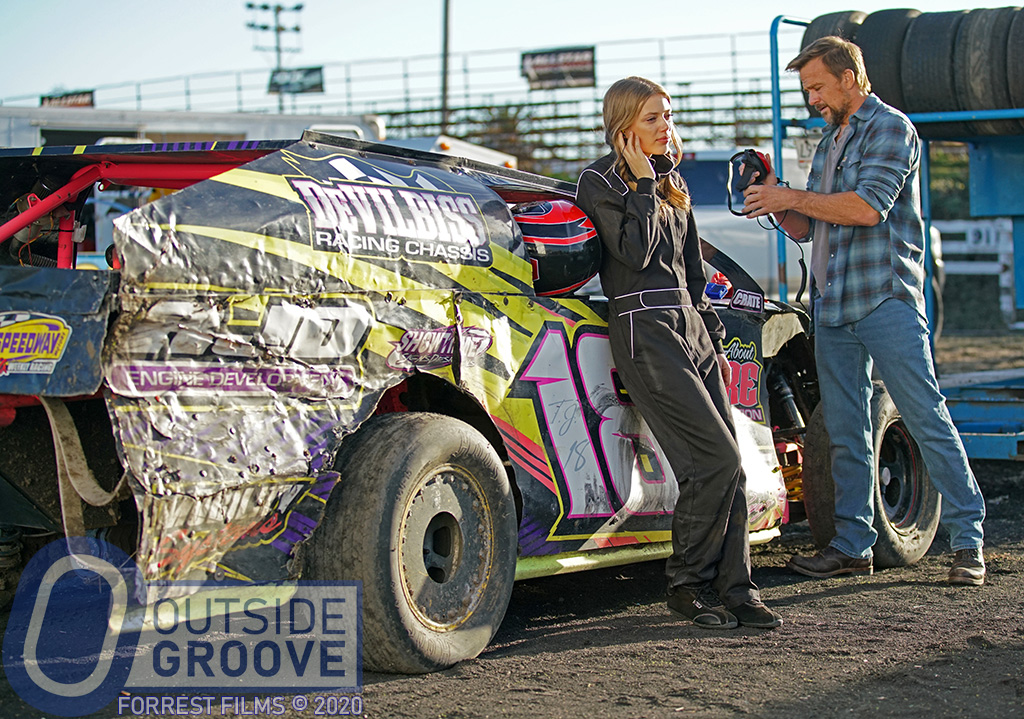
Photo Credit: Courtesy Forrest Films.
A Unique Perspective of American Racing
Producer Ali Afshar has movies such as “Running Wild,” starring Sharon Stone, and “Pray for Rain,” with Jane Seymour, to his production credits in addition to many roles as an actor, including a stint with the Power Rangers franchise as the voice for the Phantom Ranger.
Afshar and his family immigrated from Iran to Petaluma, California, during the Iran hostage crisis. As a wide-eyed boy he experienced the car culture in Petaluma, a city that served as the stage for the hot rod movie “American Graffiti.”
“I had an outsider’s point of view,” Afshar said of his experience growing up in Petaluma. “America gives its people the liberty to race. There’s economic freedom. If I ever wanted to race in Iran, it would have been impossible.”
As Afshar came of age, he bought a Camaro, attended dirt races at Petaluma Speedway, and went drag racing. He formed Easy Street Motorsports (ESX), which built a 1,400-hp all-wheel-drive Subaru WRX that won two national NHRA championships.
“America gives its people the liberty to race. There’s economic freedom. If I ever wanted to race in Iran, it would have been impossible.”
Ali Afshar, Producer of “Lady Driver”
Afshar’s racing and filmmaking success caught the attention of Forrest Lucas, the namesake of Lucas Oil. That led to a partnership that created Forrest Films in 2018.
“Forrest and his amazing wife, Charlotte, want the Forrest Films banner to be synonymous with the American Dream and be inspirational movies,” said Afshar.
Afshar got the idea for the “Lady Driver” movie when he watched the 2016 music video “May We All,” by Florida Georgia Line and Tim McGraw. The video, which was shot at Tennessee National Raceway, tells the story of two dirt modified drivers going racing.
Afshar’s familiarity with Petaluma Speedway made it a natural choice for the primary setting of the “Lady Driver” movie.
What Makes It Authentic
Afshar called on a native California dirt modified driver, Joel Myers, and his family to help. The film used one of his cars as the one that Ellie Lansing races. Myers actually drives the modified and a 1960s Chevrolet Chevelle in the movie.
Myers assisted in finding additional drivers to fill the field for the production. However, Afshar said it was Myers’ 14-year-old son, Joel Jr., that helped make the movie as real as it could be.
“That kid knew everything about racing,” Afshar said. “He and his family were indispensable.”
Myers provided another modified, one of his older cars, that they wrapped to resemble the car local modified driver Michael Paul Jr. races. They used the rolling chassis, with a cardboard engine inside, for a spectacular crash sequence.
“They flipped the car over using nitrogen bottles and straps,” said Paul, of Petaluma, California. “We raced around at quarter-speed. It was all orchestrated — I had to pass Joel [Myers] on the outside, and then it cuts to him flipping me. We did it over until we got it right. The crash didn’t look like much in-person, but it was spectacular in the film.”
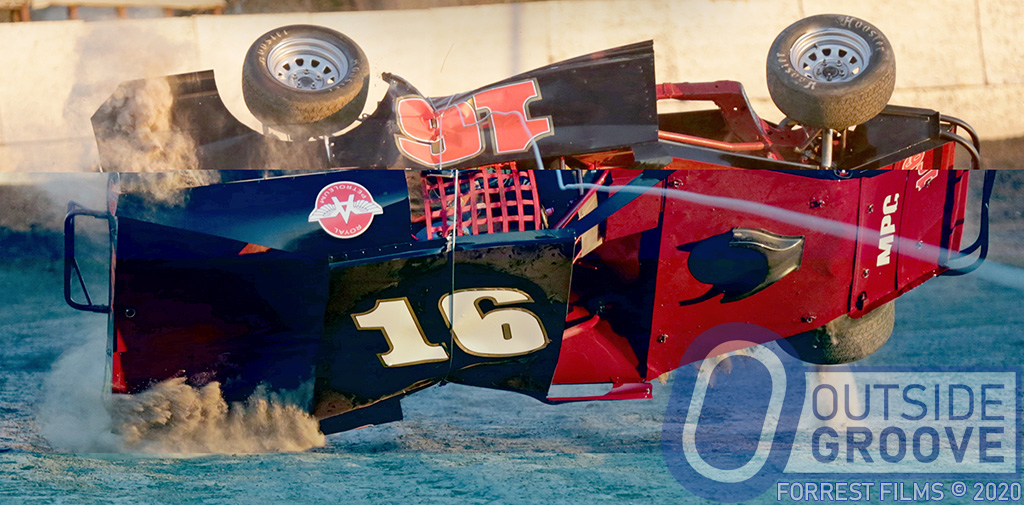
The movie includes a real-life clip of a car flipping, featuring Paul’s wife, Michelle Byron Paul, behind the wheel.
Afshar used his uncle’s body shop, “Rich’s Auto Body,” for character Tim Lansing’s “Lansing Auto Body.”
Racing Community’s Criticisms
The use of two-way radio communications irked some as it rarely occurs in dirt-track racing.
“It was essential to the plot to have two-way radios,” said Afshar. “We found one track where it was allowed, so we went with it.”
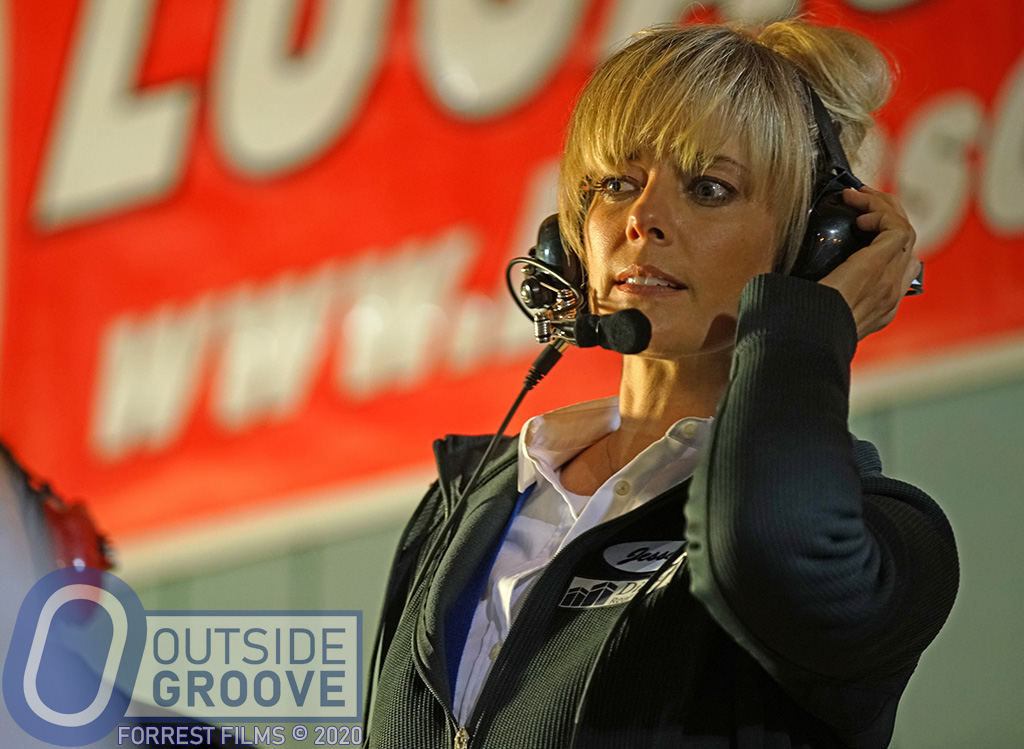
While they flew in Pearson and Pierce, their cars did not follow them. They wrapped the cars of two California drivers to resemble what the national stars race — Jason Papich’s as Pearson’s car and Devin Crockett’s as Pierce’s. The final racing scenes used footage from an actual Lucas Oil Late Model Dirt Series race at Lucas Oil Speedway in Wheatland, Missouri.
Some felt that Ellie Lansing’s quick ascent to the pinnacle of dirt late model racing was highly unlikely, but in the world of movies, anything’s possible.
Overall Thoughts
Byron Paul said the movie provides viewers with a glimpse of what it is like to race as a woman.
“The movie relates to my personal racing experience,” said Byron Paul, who’s the only female to have an IMCA modified win at Petaluma. “I started helping my dad when I was 10 years old. I learned to do everything on a race car — installing engines, making four-bar changes, adjusting valves, carburetor adjustments, body panels, tires.”
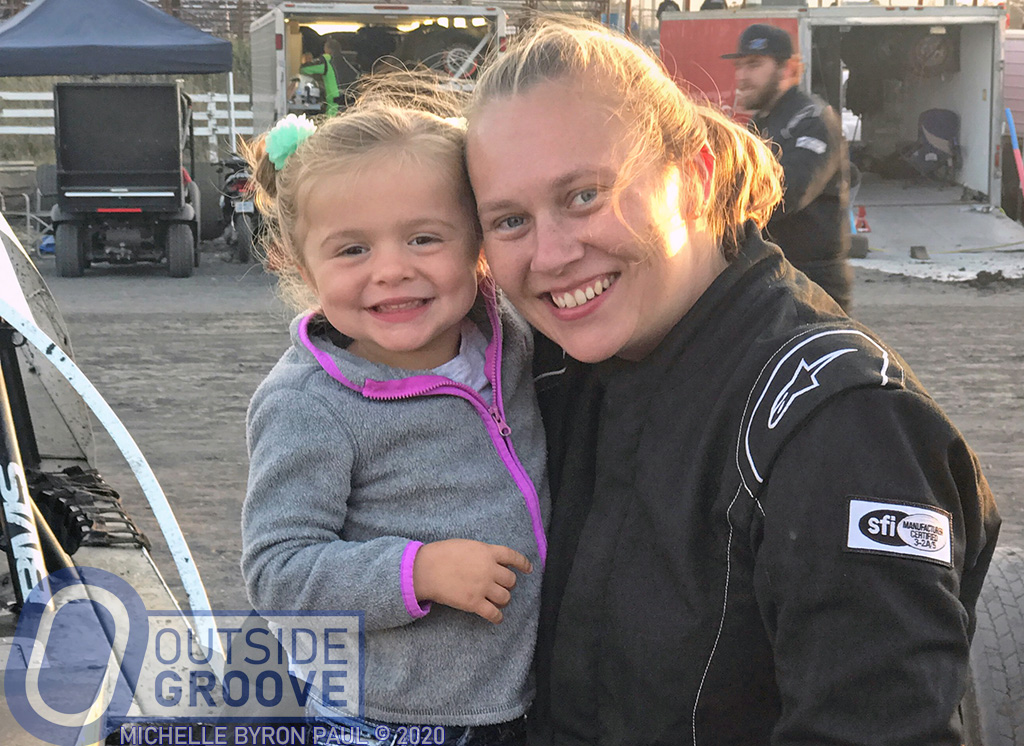
Shawn DeForest, of Livermore, California, and his son, Ryan, drove dirt modifieds in the film.
“It was a blast making a movie,” DeForest said. “All that driving and we were in the movie twice for a second or two.”
After watching the movie with his family, DeForest offered his review.
“It was actually somewhere between a ‘B’ and ‘A’ — not that bad,” said DeForest. “It was basically a Hallmark movie that guys could watch.”
Faeth was also pleased with the film.
“‘Lady Driver’ is as authentic as it can be,” Faeth said. “‘Grand Prix’ is probably the best racing movie of all-time. It is the standard racing movies are judged on. Hollywood always uses poetic license, but that is not overdone in this film. It isn’t campy. It isn’t ‘Grand Prix,’ but it’s a really good movie.”
Mike Adaskaveg has written hundreds of stories since the website’s inception. This year marks his 54th year of covering auto racing. Adaskaveg got his start working for track photographer Lloyd Burnham at Connecticut’s Stafford Motor Speedway in 1970. Since then, he’s been a columnist, writer, and photographer, in racing and in mainstream media, for several outlets, including the Journal Inquirer, Boston Herald, Stock Car Racing, and Speedway Illustrated. Among Adaskaveg’s many awards are the 1992 Eastern Motorsport Press Association (EMPA) Ace Lane Photographer of the Year and the 2019 National Motorsports Press Association (NMPA) George Cunningham Writer of the Year.

